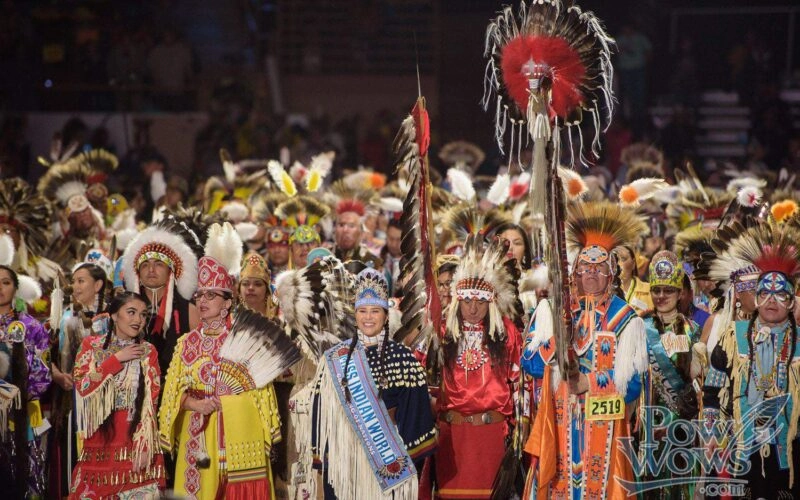There are more than 5 million Native Americans in the United States, a figure that is not even 1 percent of the total population. And their numbers are declining quickly, especially in the reservations where alcohol and drug problems are rampant, as well as infant mortality rates and a lowering life expectancy rate.
A study by the National Institute on Alcohol Abuse and Alcoholism showed that Whites and American Indians have a high prevalence of drinking and they routinely abuse the recommended daily limit at 52% and 53%, respectively, as well as the weekly limit (17.3% and 27.4%, respectively).
However, Native Americans have a greater risk of developing a lifetime alcohol abuse disorder compared to Whites.
Stress is a Killer
Generally, more and more Americans today are suffering from stress and extreme stress.
A 2015 study by the American Psychological Association showed that American’s rated their stress levels around 5.1 on average, with 1 classified as “little to no stress” and 10 as “a great deal of stress.” The figure actually showed an increase from the 4.9 back in 2014. Extreme stress levels also hiked to 24% compared to 18% in 2014.
However, the study found that discrimination added to the stress levels. This constant pressure to prove themselves is causing much stress to the minorities. For instance, more than 4 in 10 Native Americans said that they have to watch what they say and what they do to avoid “day-to-day discrimination.”
Health experts have established a link between stress and diseases, along with mental illness. They found a connection between a major stressful event in one’s life and depression or addiction. The major events include a death in the family, sexual assault, physical abuse, divorce, unemployment, among others.
Stress is also linked to the following health problems:
- Cardiovascular issues
- High blood pressure
- Mental illnesses
- Diabetes
- Obesity
- Alzheimer’s Disease
- Gastrointestinal problems
- Premature death
Treatment centers that are treating dual-diagnosis cases also found a high number of patients whose problems can be traced back to extreme stress. After addressing the root cause of their issues, the recovering patients have a higher chance of leaving behind their alcohol or drug addiction.
Native Americans and Mental Illness
The American Psychological Association noted that American Indians and Alaska Natives continue to suffer from mental illness and government interventions are sadly not sufficient to address the problem.
The Native Americans continue to face the following challenges:
- The lack of institutionalized programs to address mental illness
- The erosion of their family and spiritual ties
- The disappearing culture as a result of assimilation
- The rising identity crises
- Continuing discrimination that only added to the stress
- Lack of access to insurance
- Mass poverty, particularly on the reservations
As a result, Native Americans on the reservations are more prone to alcohol and drug abuse.
The life expectancy of the average Native American is also lower compared to the average American male and female. The gap is even more glaring on the reservations. For instance, the male population of the Oglala Lakota tribe on the Pine Ridge Reservation in South Dakota has a life expectancy rate of 48 years. The women are faring better but not much as their life expectancy is 52 years. Compare that to the 72 years for men and 78 years for women in the United States.
However, life expectancy for the Alaskan Natives has risen over the years, which only proves that statewide health and livelihood support will do wonders to improve a lot for the American Indians, particularly on the reservations.
Continuing Challenge Faced on the Reservations
Of the total number of population of American Indians and Alaskan Natives, about half of them are still living on the reservations.
The poverty rates on these reservations are higher compared to the rest of the United States. For instance, the Navajo has a 37% poverty rate while the Cherokee recorded 18.1% poverty rate, and those are considered as major tribes.
Substance abuse, particularly meth and alcohol, is also rampant on the reservations. And this adds to the risk factor, which explains partly why the rate of child abuse among Native Americans is twice as high as the national average.
The system also contributed to this erosion of family and cultural ties, particularly when social workers have to separate children from their families on account of poverty. With that said, the number of kids being taken away from their families on the reservations is not disproportionate to the number of black children uprooted from their environment by social services. More than the system, the intergenerational problem of raising kids and preserve their traditions at the same time in the face of progress and gentrification has caused much stress to Native American families.





HP
says:interesting article.
Colin B McGee
says:Thank you for an interesting, albeit depressing article. My question is, to what extent are traditional healers, herbalists, medicine men / women, and so on involved in managing these (and other) health concerns of native Americans. especially on the reservations?